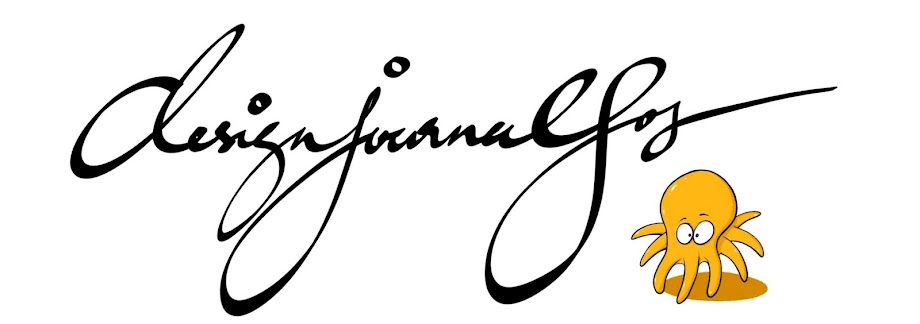2012 Secondary 2N1 Project:
Dining Accessories
@ the idea generation and development stage

I taught the students the technique I called 'Concept Borrowing' for idea generation. The first step is to start off with lots of innovative concepts for 'borrowing'. The table concept (in red) is one existing innovative product. This table top idea is a colored-paper storage which is designed to double up as a drawing table for children. That is VERY CLEVER! The idea of multi-color and layering table top can be adapted and transformed into an idea for a possible dining table. In this way an idea can be quickly generated and ready to be refined and modified to suit the needs for the current design situation.
NEXT... the S.C.A.M.P.E.R. technique in Action
The SCAMPER Technique in Brief
I taught my students the S.C.A.M.P.E.R. technique to generate ideas with the focus on 'Adapt' to kick-off ideas. Students are required to research on various general type of storages. Different from when they have chosen to design and make.
A Quick Example on using the S.C.A.M.P.E.R. Technique
The example is an example of 'concept borrowing'. What it means is to identify innovative functional concepts of various storage solutions and 'adapt' their functionality to their intended project. By using 'concept borrowing' the student generating ideas can basically turn any existing concepts literally into anything they want. This not only helps a great deal in starting the ideas generating process, it also enables high quality concepts to begin with as initial ideas. These ideas can be accessed, combined, etc, selected and developed at a later stage.
Idea Generation and Development focusing on FUNCTIONALITY
The above example shows an existing (drawn) Key Storage Concept. Notice how exactly the way it holds the key tag is 'copied' and 'adapted' as a note holder? The borrowed concept is then further worked on, improved and modified to make sure the idea works and works well as intended.

Idea Generation and Development focusing on FUNCTIONALITY then AESTHETICS
The example above shows again a summary on generating ideas focusing on Functionality. It is important to think about how to design things that will truly work. At this stage, I will expect to be commuting frequently to the workshop to work on models and prototypes to test my assumptions. To make sure my ideas do work.
At the lower half of the example, you'll notice I've started toying with shapes and forms. Adjusting the solutions proportion and further modifying its overall appearance. It is normal for ideas to keep flowing in as you think and thinker with ideas and improvements. Sketch and note everything down. And have lots of fun doing so.
=) Let me know if you liked this section. =)
A follow up for the S.C.A.M.P.E.R. Technique, click 'HERE'.
A follow up for the S.C.A.M.P.E.R. Technique, click 'HERE'.





